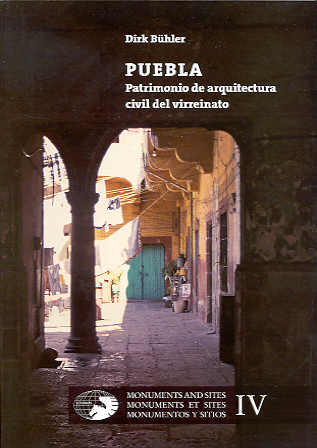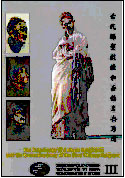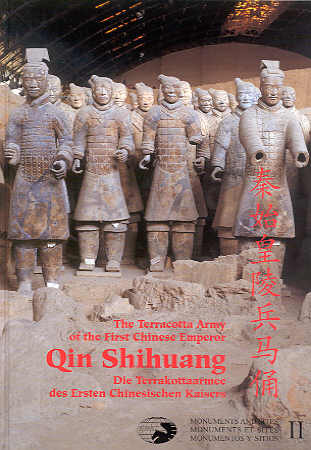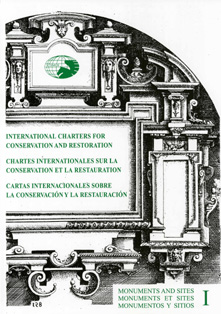Monuments&Sites IV - Puebla, patrimonio de arquitectura civil del Virreinato
By Dirk Bühler
2001
523 pages 40 Euros ICOMOS Member: 35 Euros
Contenido
Presentación
Prólogo
Agradecimientos
Introducción
El marco de referencia
Los puntos de partida
El centro histórico
Historia urbana
Marco natural y climatológico
El sueño de Fray Julián Garcés y la fundación de Puebla
El siglo XVI: planeamiento, política, palacios.
El siglo XVII: ¿un siglo de oro?
El siglo XVIII: la ciudad durante el auge del barroco
Consideraciones metodológicas
El patrimonio edificado: leyes e instituciones
Inventarios de monumentos virreinales en Puebla anteriores al de l.985
La investigación documental -aclaraciones acerca del material empleado
Trabajo de campo -la recopilación de datos
Trabajo de campo -los levantamientos arquitectónicos y fotográficos
El catálogo: su presentación
El catálogo: selección y estado de conservación de los edificios analizados
La arquitectura civil
Tipos de edificios en la ciudad virreinal de Puebla
Materiales de construcción
Procesos de construcción
Anatomía de los edificios privados
Fachadas -sus componentes
Fachadas -pautas de desarrollo
Portales y zaguanes
Fachadas -sección de illustraciones
Patios -las formas
Patios -las pautas de desarrollo
Escaleras y pasillos
Espacios arquitectónicos
La casa poblana durante el virreinato
Patios -sección de illustraciones
Monografías de edificios
Apéndice
Bibliografía
Glosario
Anexo
Los cuestionarios
Cuadros sinópticos
Inventario completo de 1985
Plano con inventario


 Eng. - Chi.
Eng. - Chi.
